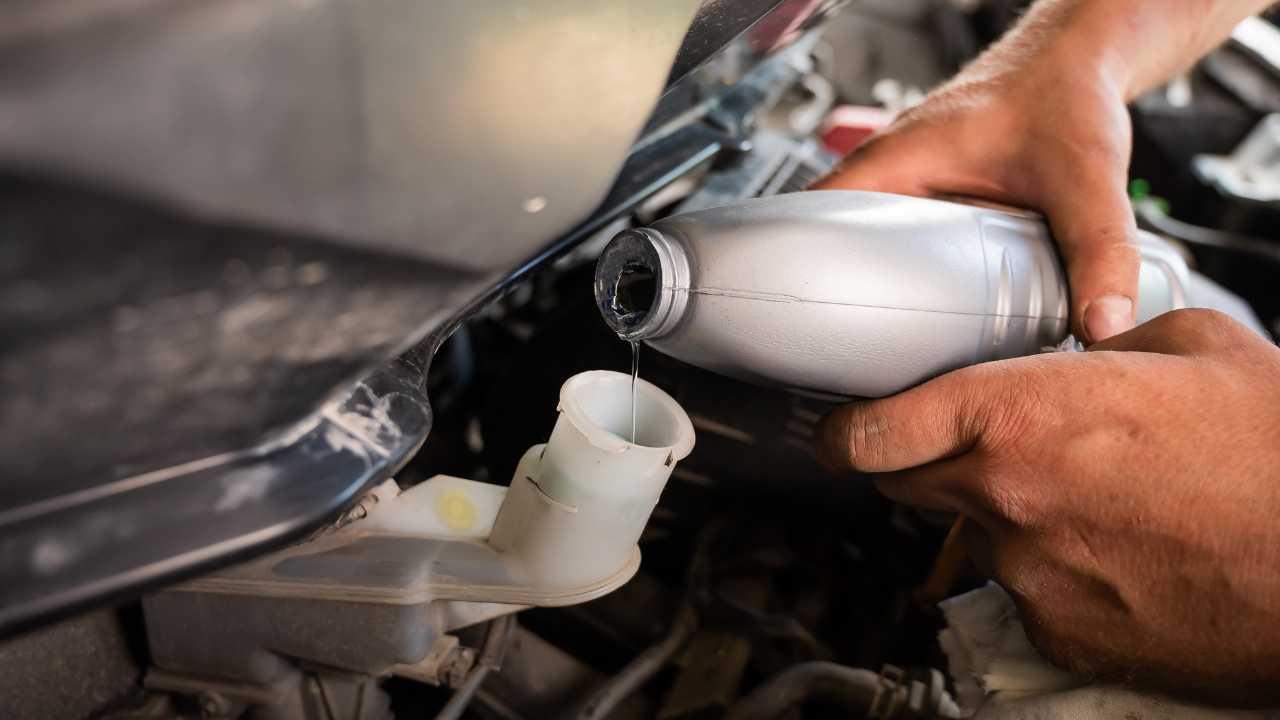Driving a car with a manual transmission can be a rewarding experience, offering greater control and a deeper connection with the vehicle. However, to ensure a smooth and trouble-free ride, proper clutch maintenance is essential. In this article, we will explore the best practices for maintaining your manual transmission’s clutch, ensuring it operates flawlessly and prolonging its lifespan.
Understanding the Clutch System
Before delving into maintenance, it’s crucial to understand the basics of the clutch system. The clutch is a critical component that connects the engine to the gearbox, allowing you to shift gears and control the power transfer to the wheels. When you press the clutch pedal, it disengages the engine from the transmission, enabling you to change gears smoothly.
Recognizing Signs of Clutch Wear
Regularly inspecting your clutch for signs of wear can prevent major issues down the road. Some common signs of a worn-out clutch include slipping gears, difficulty in engaging gears, a burning smell, or unusual noises when pressing the clutch pedal. If you notice any of these signs, it’s time for a thorough inspection.
Regular Clutch Inspection
Performing routine inspections can help identify clutch problems early on. Visually inspect the clutch pedal and linkage for any signs of damage or misalignment. Additionally, check for leaks in the hydraulic clutch system and ensure the clutch fluid is at the appropriate level. Timely detection of issues can save you from costly repairs later.
Proper Clutch Usage
Using the clutch properly is crucial for its longevity. Avoid “riding the clutch,” which means keeping your foot on the pedal while driving. Instead, engage the clutch fully when shifting gears and release it completely once the gear is engaged. This practice minimizes unnecessary wear and tear.
Smooth Shifting Techniques
When shifting gears, practice smooth and deliberate movements. Avoid harsh or abrupt shifts that can put unnecessary strain on the clutch and gearbox. Downshift when the engine RPM matches the speed of the lower gear to minimize clutch slippage.
Clutch Fluid Replacement
Replacing the clutch fluid at the manufacturer-recommended intervals is vital for the proper functioning of the clutch hydraulics. Over time, clutch fluid can become contaminated, affecting clutch performance. Regularly flushing and replacing the fluid can prevent such issues.
Keep the Clutch Clean
Dirt and debris can accumulate around the clutch assembly, leading to potential problems. Regularly clean the clutch and the surrounding area to prevent any foreign particles from interfering with its operation.
Avoid Overloading
Avoid overloading your vehicle as it can put excess strain on the clutch, leading to premature wear. Be mindful of your vehicle’s weight capacity and avoid carrying loads beyond its recommended limit.
Warm-Up Your Car
In cold weather, take a few minutes to warm up your car before driving. This practice allows the engine oil and transmission fluid to reach their optimal operating temperature, reducing stress on the clutch during gear changes.
Professional Maintenance
While some basic maintenance tasks can be done by car owners, it’s essential to have your clutch inspected by a professional mechanic regularly. They can identify potential issues that may not be apparent to an untrained eye.
Conclusion
Maintaining a manual transmission clutch doesn’t have to be a daunting task. By following these best practices, you can ensure your clutch operates smoothly and efficiently, enhancing your overall driving experience and extending the life of your vehicle’s transmission.





